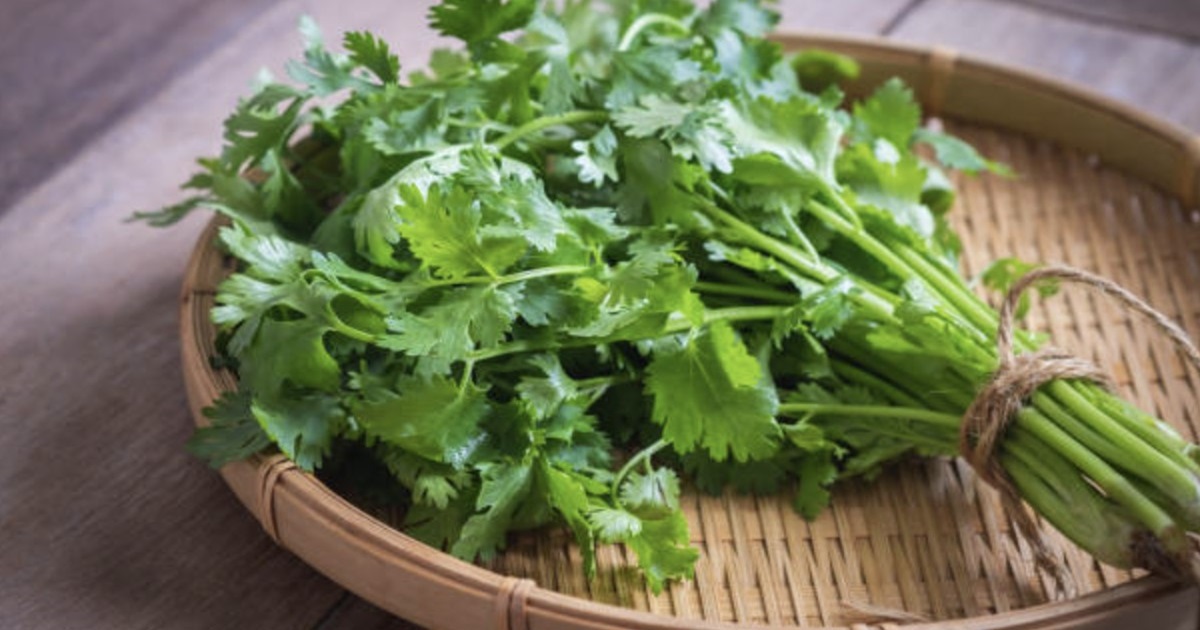Differences Between Cilantro and Parsley

source: iStock
Are you a culinary enthusiast with a penchant for fresh flavors? If so, you’ve probably encountered two popular herbs that often find their way into recipes: cilantro and parsley. While they may look similar at first glance, these two greens have distinct characteristics that set them apart.
First things first, let’s meet our contenders:
Cilantro:
Cilantro, also known as coriander in some parts of the world, boasts vibrant green leaves with delicate, serrated edges. It’s widely used in Latin American, Asian, and Middle Eastern cuisines, adding a fresh, citrusy flavor to dishes. From zesty salsas to aromatic curries, cilantro brings a unique brightness to any recipe it graces.
Parsley:
On the other hand, parsley features dark green, flat or curly leaves and a more subtle flavor profile compared to cilantro. Often hailed as a garnish, parsley adds a hint of freshness to a variety of dishes, including salads, soups, and sauces. Its versatility makes it a staple in Mediterranean and European cuisines, where it’s valued for its mild, slightly peppery taste.

Now, let’s address the elephant in the room: the differences between cilantro and parsley.
Taste:
Cilantro packs a punch with its citrusy, slightly peppery flavor, while parsley offers a milder, slightly bitter taste. The distinctiveness of cilantro’s flavor is what sets it apart in dishes like guacamole or ceviche, whereas parsley’s subtlety makes it a versatile addition to a wide range of recipes.
Appearance:
While both herbs have bright green leaves, cilantro’s leaves are more delicate and feathery compared to parsley’s broader, flatter leaves. Additionally, cilantro tends to have a stronger aroma than parsley, which can be a determining factor in their usage in cooking.
Can you substitute cilantro for parsley (or vice versa)?
In some recipes, yes, you can substitute one for the other, especially if you’re in a pinch. However, keep in mind that the flavor profiles of cilantro and parsley are distinct, so the resulting dish may have a slightly different taste. If you’re substituting cilantro for parsley, be prepared for a bolder flavor, and vice versa.
Do parsley and cilantro go together?
Absolutely! While they have different flavors, cilantro and parsley can complement each other beautifully in dishes where you want to add depth and complexity. Think of a vibrant herb pesto with a mix of cilantro and parsley or a refreshing tabbouleh salad featuring both herbs for a burst of freshness.

It’s worth noting that, to some people, cilantro tastes weird.
Yes, it’s true. For a small percentage of the population, cilantro has a distinctive soapy or metallic taste due to genetic factors. If you’re one of those individuals, fear not—parsley makes an excellent alternative in recipes that call for cilantro.
Cilantro and parsley may share a spot in your herb garden, but they each bring their own unique flavors and characteristics to the table. Whether you’re whipping up a spicy salsa or a hearty stew, understanding the differences between these two herbs will help you elevate your culinary creations. So next time you’re in the kitchen, don’t be afraid to experiment with cilantro and parsley—you might just discover a new favorite flavor combination!